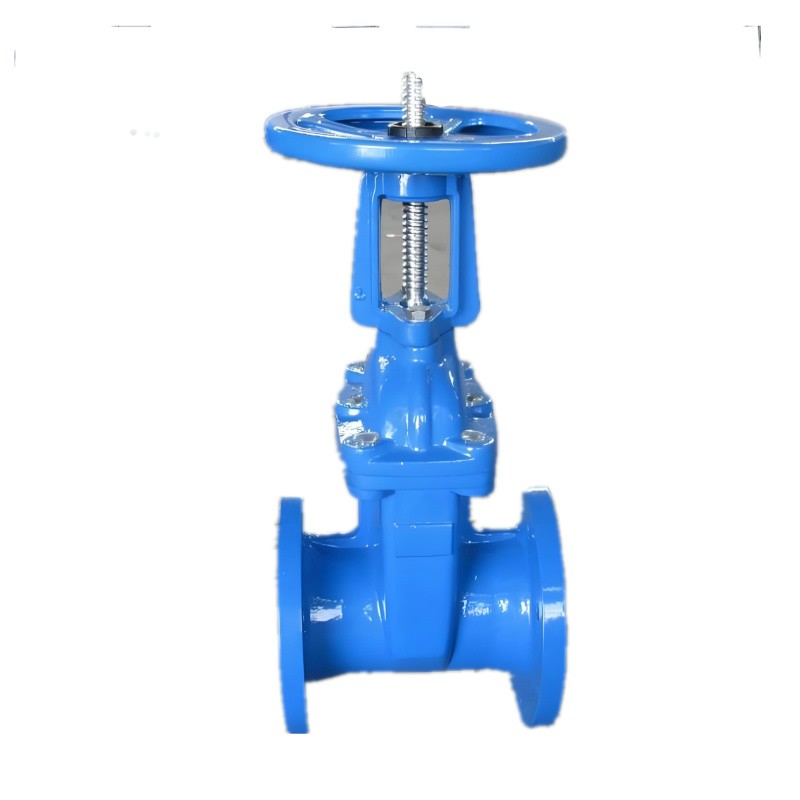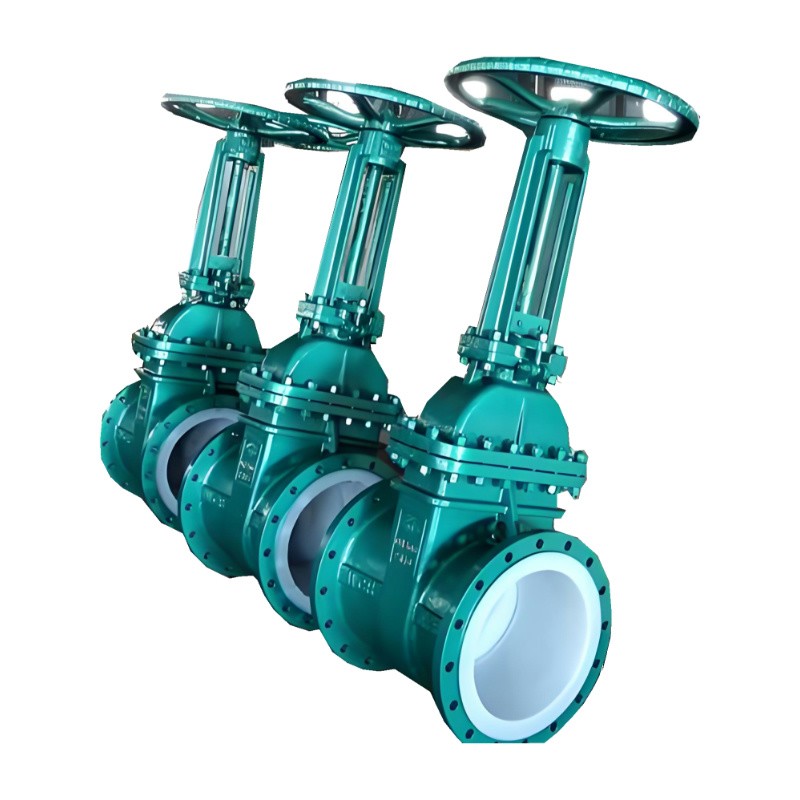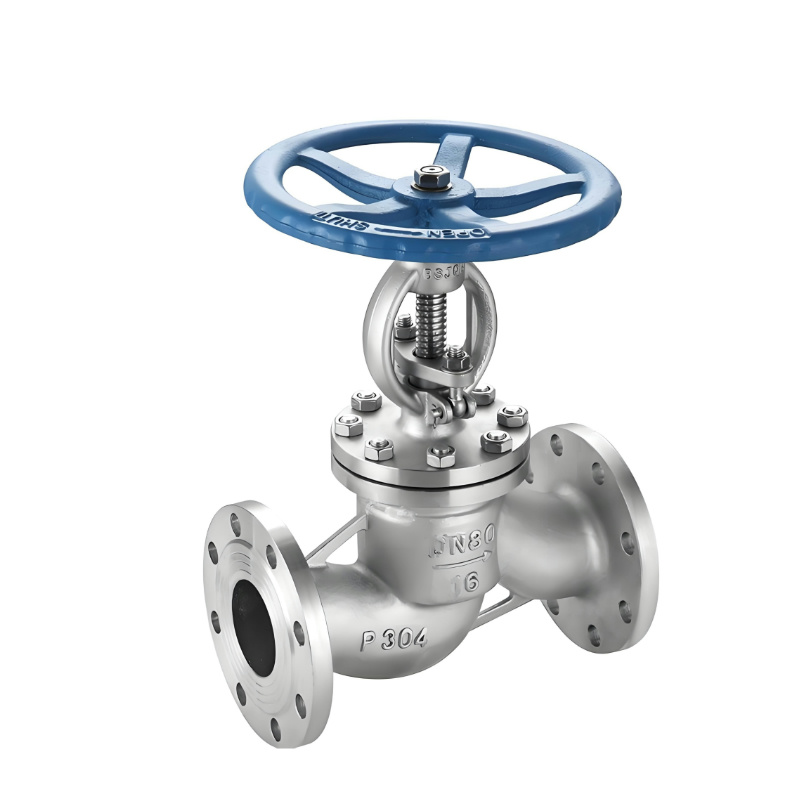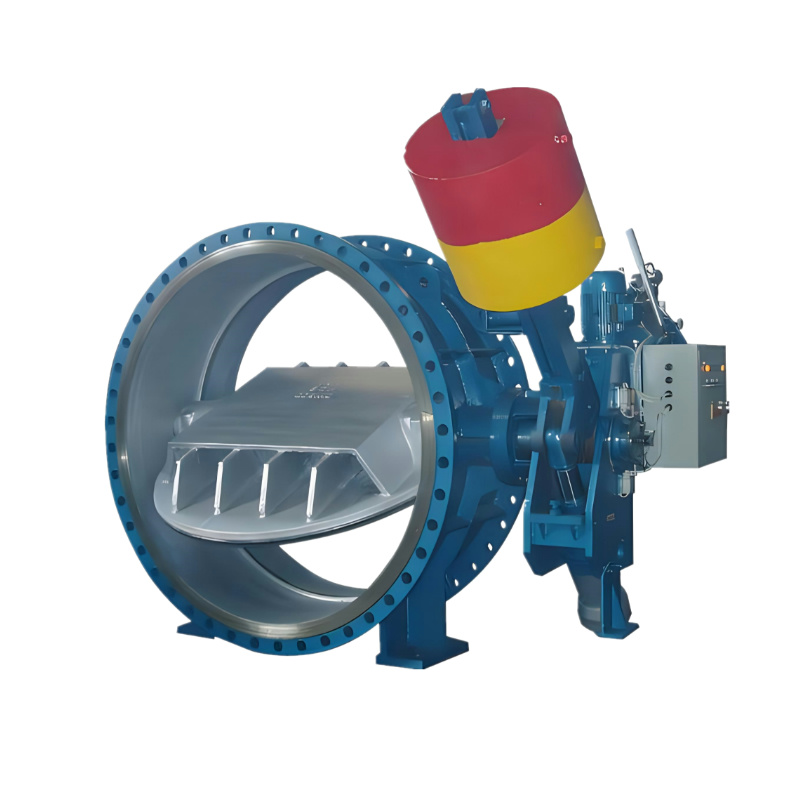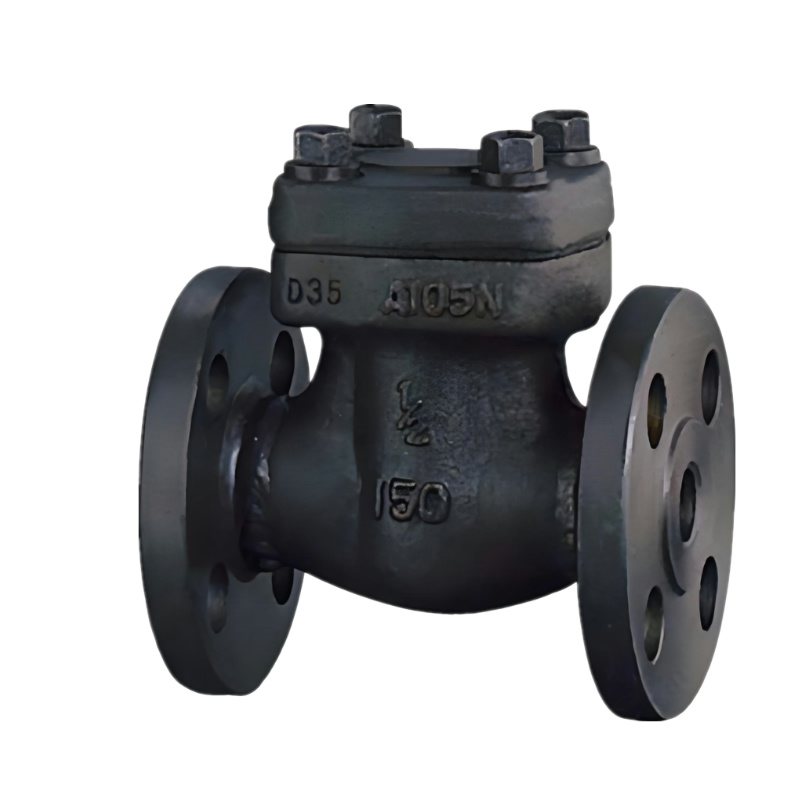flat gate valve
Introduction
This article contains all the information you need to know about Flatl Gate Valve
Read further and learn more about:
Specification
Actuator
Types
Application
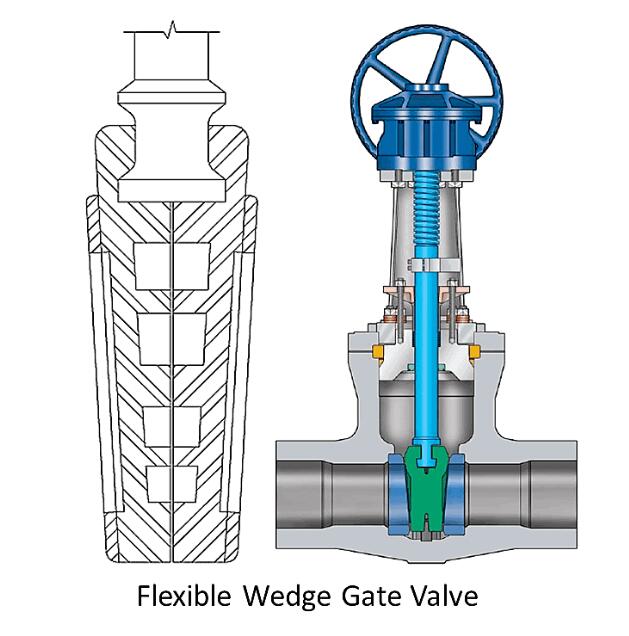
Chapter 1 - Specification
A flat gate valve, also known as a slab gate valve, is a type of gate valve characterized by a flat gate that moves perpendicular to the flow direction to open and close the valve. Here are the specifications commonly associated with flat gate valves:
Material
The valve body, gate, stem, and other components are typically made of materials suitable for the intended application, such as carbon steel, stainless steel, or other alloys. The choice of material depends on factors such as fluid compatibility, pressure, temperature, and corrosion resistance requirements.
Size
Flat gate valves come in various sizes to accommodate different pipe diameters and flow rates. Common sizes range from a few inches to several feet in diameter.
Pressure Rating
The valve is designed to withstand specific levels of pressure. Common pressure ratings include Class 150, 300, 600, 900, 1500, and 2500, with higher classes capable of handling greater pressures.
Temperature Range
The valve should be capable of operating within the temperature range of the fluid being handled as well as any ambient temperature conditions at the installation site. Special materials or insulation may be required for high or low-temperature applications.
End Connections
Flat gate valves may have flanged, threaded, or welded end connections, depending on the requirements of the piping system and the applicable industry standards.
Sealing Mechanism:
Flat gate valves typically use metal-to-metal or resilient seat seals to provide a tight shut-off when the valve is fully closed. The sealing mechanism should be capable of withstanding the operating conditions and preventing leakage.
Chapter 2 - Flat Gate Valve Actuator
The actuator for a flat gate valve is the mechanism responsible for opening and closing the valve. It can be operated manually, pneumatically, hydraulically, or electrically, depending on the application and the level of automation required. Here are some common types of actuators used with flat gate valves:
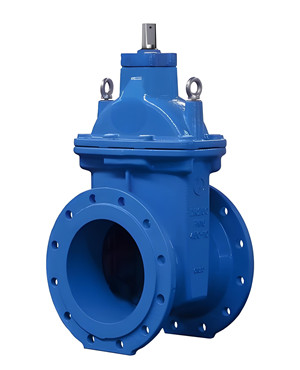
Manual Actuator:
A manual actuator typically consists of a handwheel or lever that is manually operated by an operator to open or close the valve. Manual actuators are simple, reliable, and suitable for applications where infrequent operation is required or where power sources are limited.
Pneumatic Actuator:
Pneumatic actuators use compressed air to generate mechanical motion for opening and closing the valve. They are commonly used in industrial applications where rapid valve operation and precise control are required. Pneumatic actuators offer fast response times, high reliability, and are suitable for both on-off and throttling applications.
Hydraulic Actuator:
Hydraulic actuators use hydraulic fluid to generate mechanical motion for operating the valve. They offer high force output and precise control, making them suitable for applications where a large amount of force is required to operate the valve or where precise positioning is critical. Hydraulic actuators are commonly used in heavy-duty industrial applications.
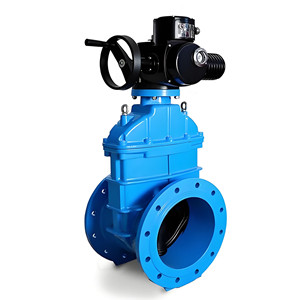
Electric Actuator:
Electric actuators use an electric motor to generate mechanical motion for opening and closing the valve. They are suitable for applications where remote operation, precise control, and automation are required. Electric actuators can be controlled remotely and integrated into control systems for advanced functionality such as position feedback, torque sensing, and remote monitoring.
Chapter 3 - Flat Gate Valve Types
Flat gate valves, also known as slab gate valves, are a type of gate valve characterized by a flat or slab-like gate that moves perpendicular to the flow direction to open and close the valve. These valves are commonly used in various industries for their ability to provide tight shut-off, minimal pressure drop, and ease of operation. Here are some common types of flat gate valves:
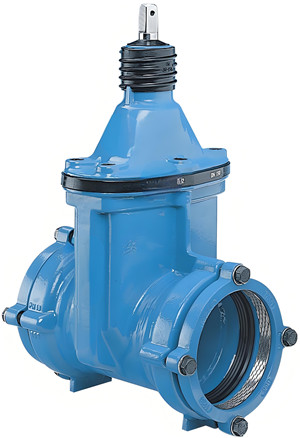
Solid Slab Gate Valve:
Solid slab gate valves feature a single, solid gate that moves up and down between two seat rings to control the flow. They provide a tight seal and are suitable for applications with high-pressure and high-temperature conditions. Solid slab gate valves are commonly used in the oil and gas industry for upstream and midstream applications, such as wellheads, pipelines, and manifold systems.
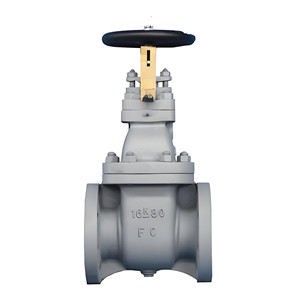
Flexible Slab Gate Valve:
Flexible slab gate valves have a gate with a split in the middle, allowing the gate to flex slightly to improve sealing performance on imperfectly aligned seats. This design feature helps compensate for thermal expansion and contraction, making flexible slab gate valves suitable for applications with temperature variations or thermal cycling.
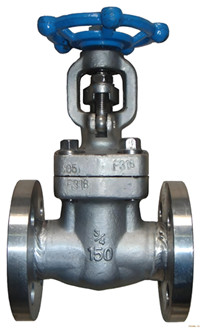
Bi-Directional Slab Gate Valve:
Bi-directional slab gate valves are designed to control flow in both directions. They feature a symmetrical gate and seat arrangement that allows flow in either direction, making them suitable for applications where reversing flow conditions are expected or where bi-directional sealing is required.
Through-Conduit Slab Gate Valve:
Through-conduit slab gate valves have a full-bore design with no obstruction in the flow path when fully open. They provide minimal pressure drop and are suitable for applications where low flow resistance and unrestricted flow are essential. Through-conduit slab gate valves are commonly used in pipeline transmission systems for oil, gas, and other fluids.
Chapter 4 - Flat Gate Valve Application
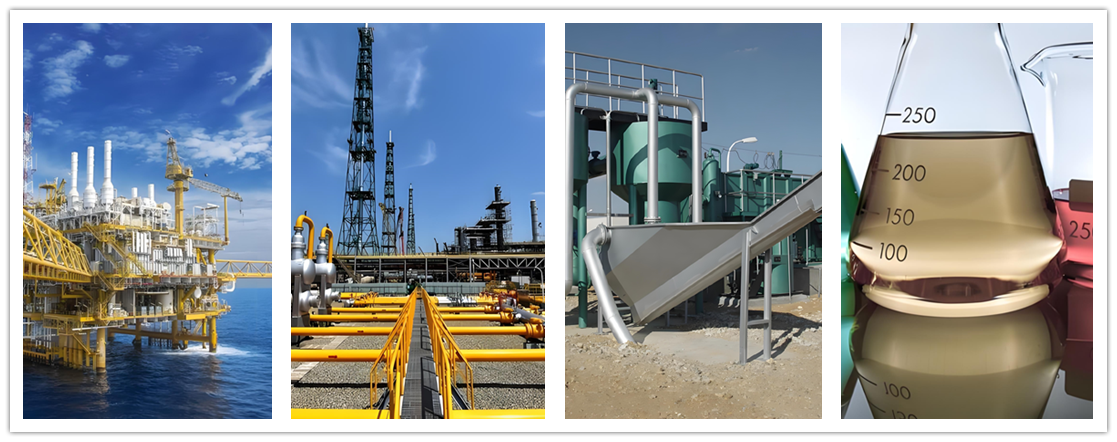
Flat gate valves, also known as slab gate valves, find application in various industries where reliable, bi-directional isolation and tight shut-off are required. Here are some common applications of flat gate valves:
Oil and Gas Production:
Flat gate valves are extensively used in the oil and gas industry for upstream production applications. They are employed in wellheads, Christmas trees, and production manifolds to isolate and control the flow of crude oil, natural gas, and other fluids from underground reservoirs.
Pipeline Transmission:
Flat gate valves are utilized in pipeline transmission systems for oil, gas, and other fluids. They are installed along pipeline networks to provide sectional isolation, facilitate maintenance activities, and control the flow of fluids during normal operation and emergency shutdowns.
Refining and Petrochemical Plants:
In refineries and petrochemical plants, flat gate valves are used to control the flow of various hydrocarbons, chemicals, and process fluids. They are employed in distillation columns, reactors, separators, and other equipment to regulate process flow and ensure safe and efficient operation.
Power Generation:
Flat gate valves play a crucial role in power generation facilities for controlling the flow of steam, water, and other fluids. They are used in boiler feedwater systems, steam turbines, condensate lines, and cooling water circuits to regulate flow rates, isolate equipment, and maintain system integrity.
Mining and Minerals Processing:
In mining operations, flat gate valves are utilized for controlling the flow of slurries, process water, and chemicals. They are installed in ore processing plants, tailings ponds, and mine dewatering systems to regulate flow rates, isolate equipment, and manage process conditions.
Water and Wastewater Treatment:
Flat gate valves are employed in water and wastewater treatment facilities for regulating the flow of raw water, treated water, and chemicals. They are used in processes such as filtration, sedimentation, disinfection, and sludge handling to control flow rates and manage process conditions.
Marine and Offshore Industry:
In marine and offshore environments, flat gate valves are used aboard ships, vessels, and offshore platforms. They are installed in seawater systems, ballast systems, cargo handling systems, and emergency shutdown systems to control flow rates and isolate equipment.
Food and Beverage Industry:
Flat gate valves find application in the food and beverage industry for regulating the flow of ingredients, process water, and cleaning solutions. They are used in processing, bottling, and packaging facilities to ensure product quality and safety.
Pharmaceutical and Biotech Industry:
In pharmaceutical and biotech manufacturing facilities, flat gate valves are utilized for controlling the flow of pharmaceutical ingredients, solvents, and process fluids. They are employed in reactors, fermenters, purification systems, and filling lines to maintain sterile conditions and product integrity.



